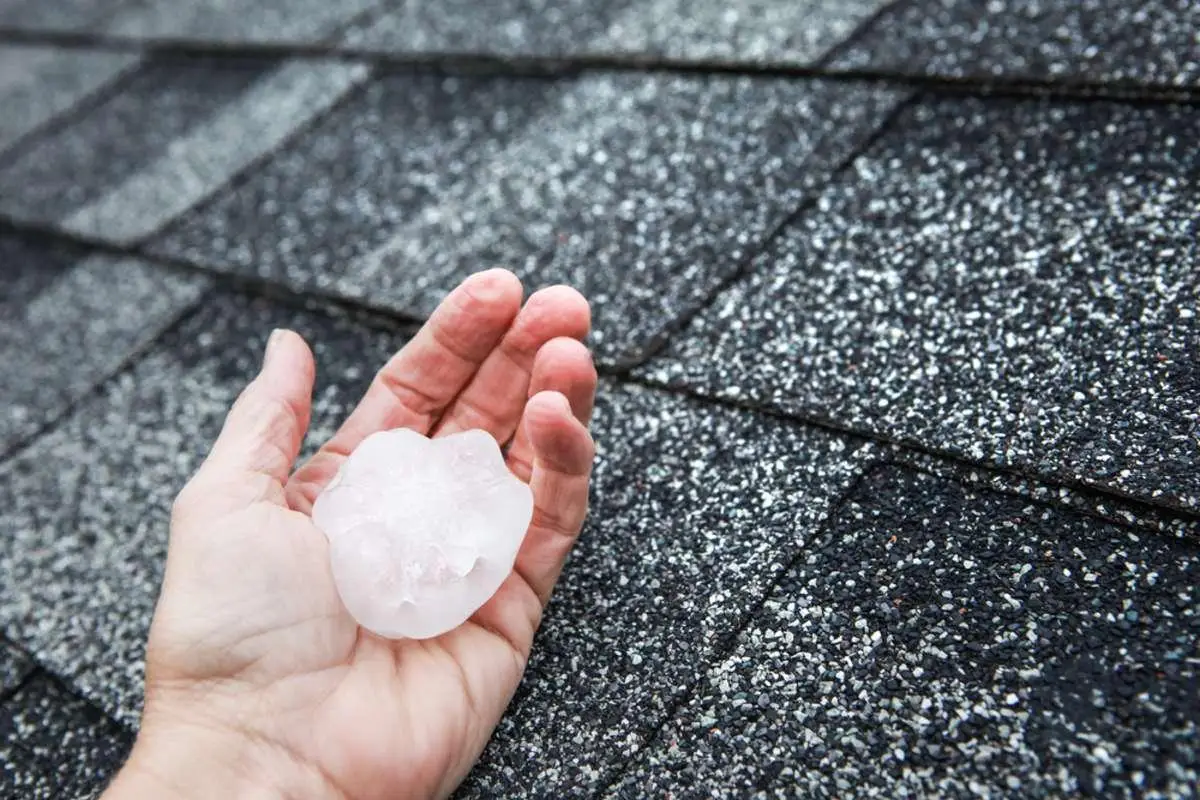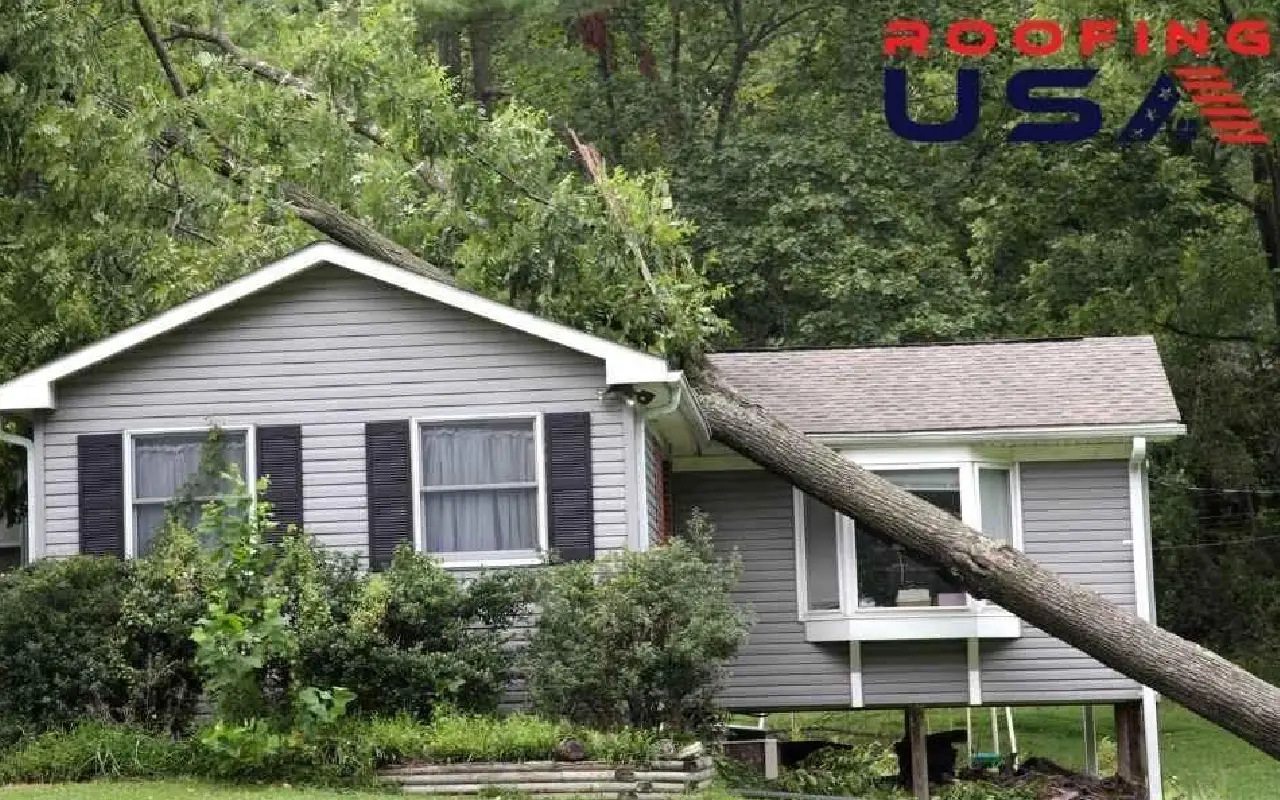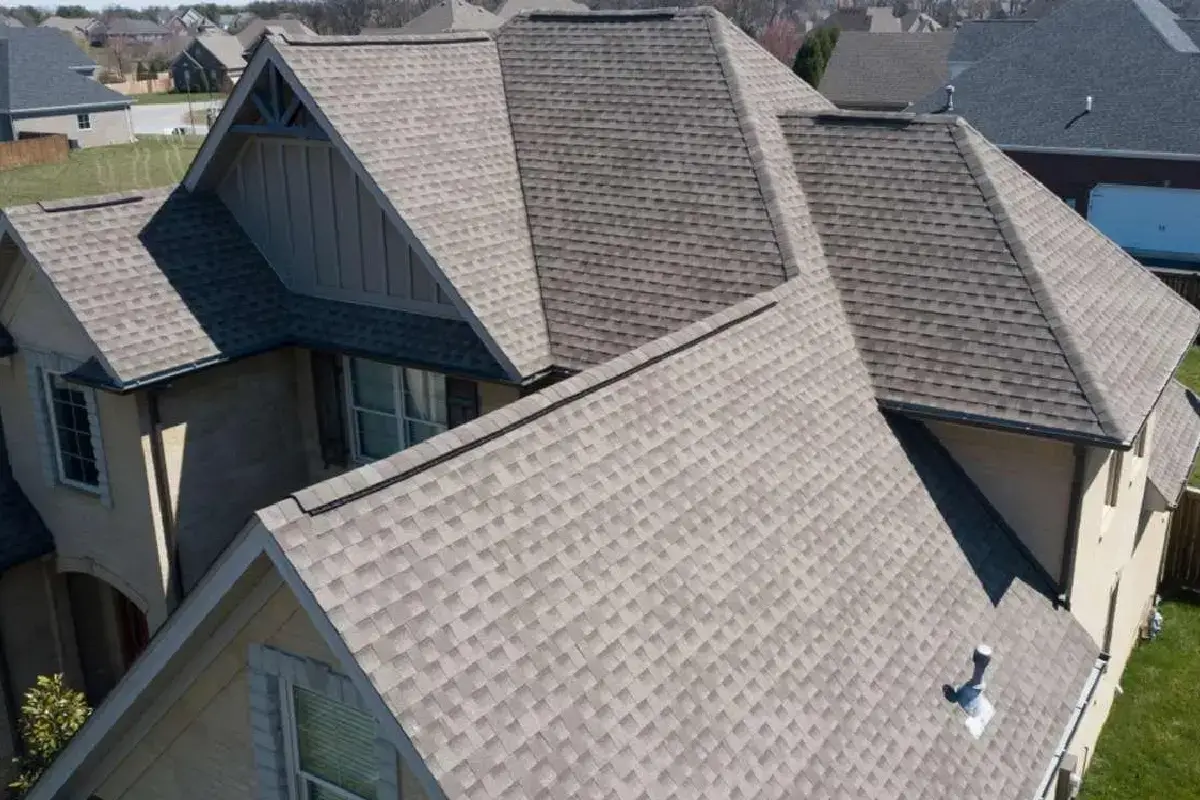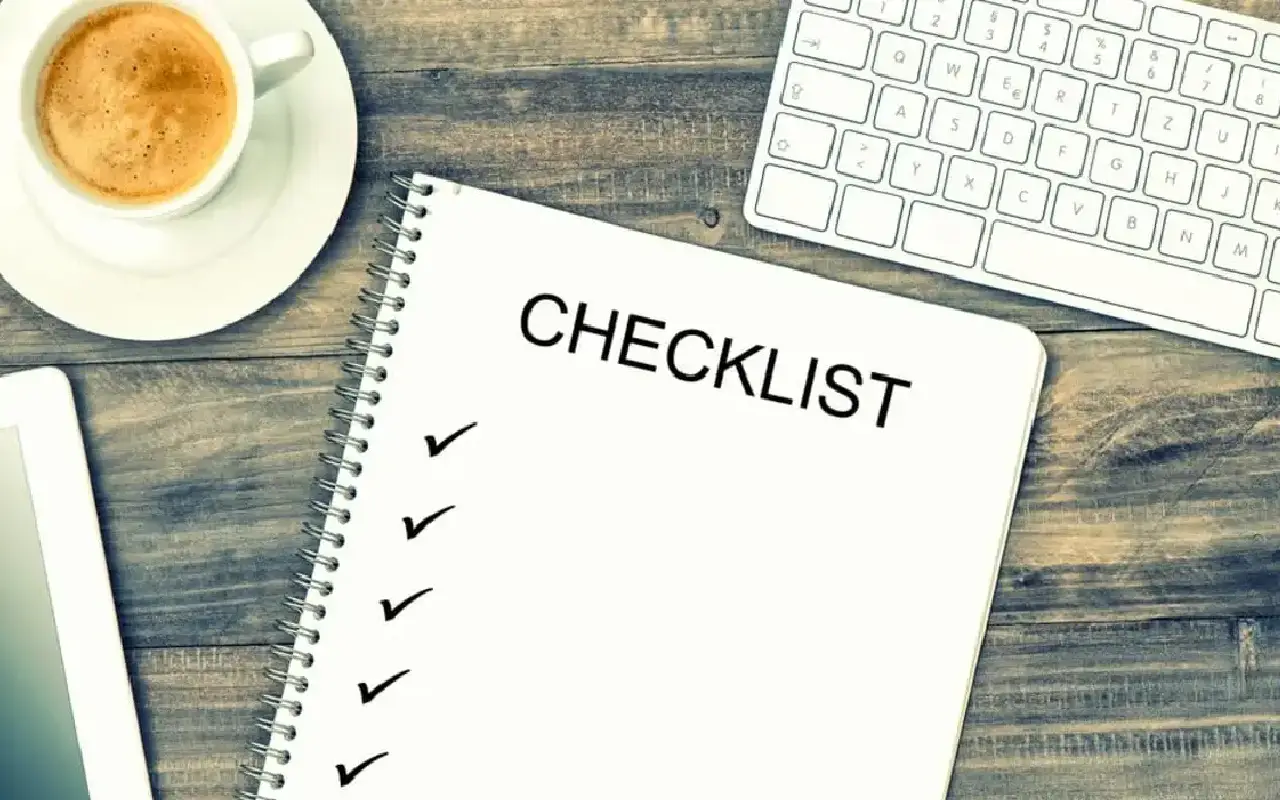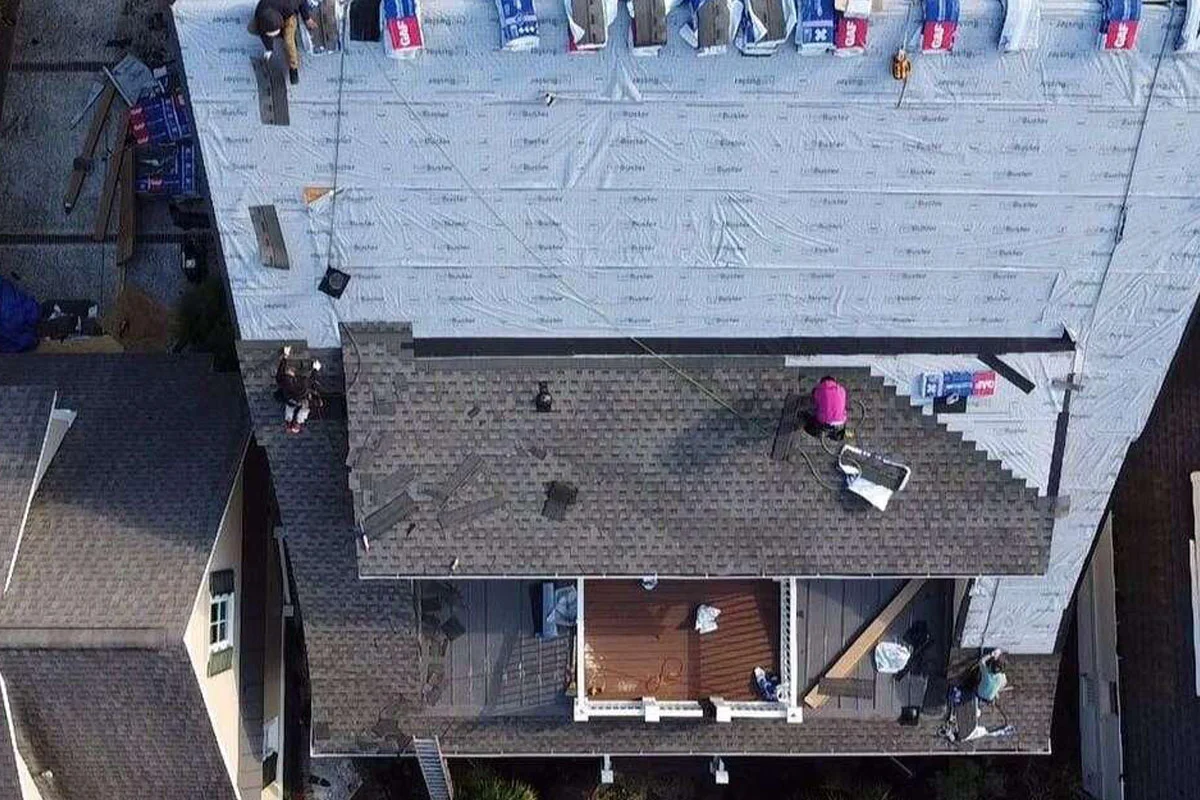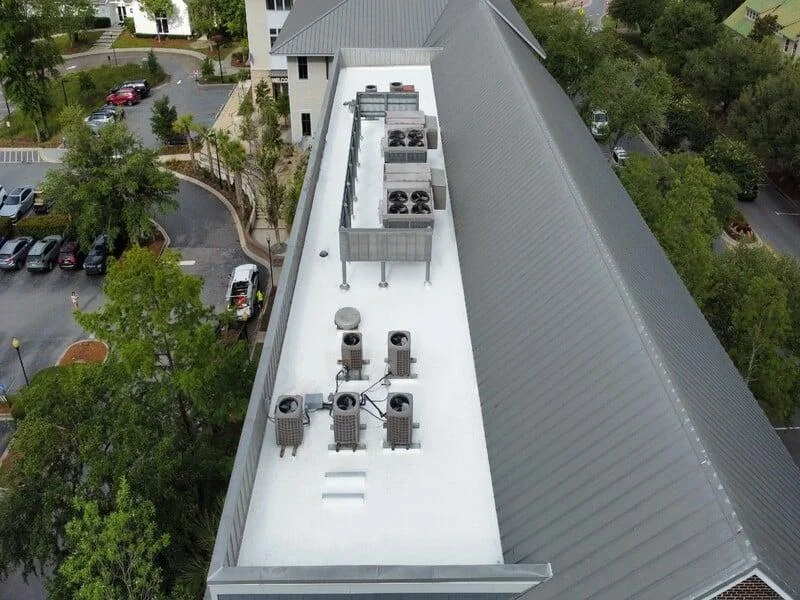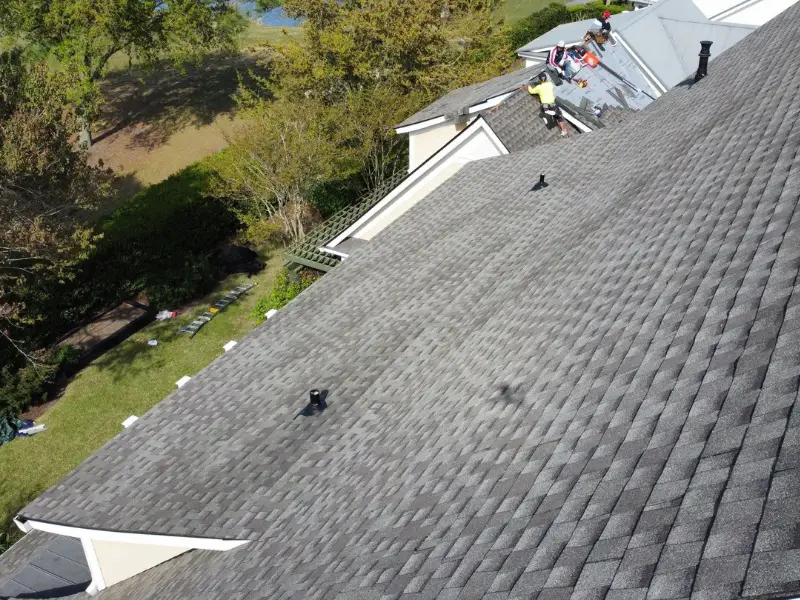Storms, particularly in places like Charleston, SC, can be ferocious, leaving a trail of destruction in their wake, often resulting in severe damage to roofs. For many homeowners, the aftermath of intense storms means facing costly repair or replacement bills for their roofs. Fortunately, many of these homeowners have some layer of protection through their homeowner’s insurance. This can be a safety net, but only if you know how to navigate the claims process effectively. Today we walk through what homeowners need to know about folding a roofing insurance claim for storm-damaged roofs.
What Types of Damage Are Covered by Your Homeowner’s Insurance Policy?
Insurance policies are crafted to offer protection against unexpected calamities like storm damage, but it’s essential to understand their boundaries. Most homeowners’ insurance policies cater to the damages inflicted by wind, hail, and even sudden and unexpected lightning strikes. These policies, however, come with a caveat: the damages should not be a result of routine wear-and-tear or because your roof has been holding its fort for several years and is now just showing its age. So, if your roof damage fits these descriptions, the chances are that your claim might not see the light of day.
However, the intricacies of insurance policies don’t just end here. There’s another category of damages that homeowners often overlook or are unaware of until they’re facing them. These are “acts of God” events.These natural disasters can’t be prevented, predicted with certainty, or controlled. In the context of Charleston, SC, think of hurricanes or the devastation caused by floods. Such catastrophic events can leave significant roof destruction, and many homeowners are caught off-guard when they find out their basic insurance policy doesn’t cover these events.To avoid unpleasant surprises when filing a claim, it’s highly advisable to ensure you’re familiar with your policy’s details. If it does not inherently cover these “act of God” events, it’s worth considering additional riders. Riders are essentially add-ons to your existing policy, specifically designed to cover unique circumstances that aren’t a part of the standard agreement. While they come with an added cost , the peace of mind and financial protection they offer in the wake of a major storm or flood is immeasurable.
Assessing Roof Damage After a Storm: Identifying the Signs
After the storm passes and you and your family are safe, the urgency to assess the condition of your roof cannot be overstated.Start by conducting a preliminary visual check from the ground. Armed with a pair of binoculars, scan for obvious signs of distress. Missing shingles stand out , acting as a clear indicator of wind damage. Additionally, buckled or cracked tiles can point to the force with which hail or debris might have impacted the roof. Other nuances, like sagging areas or granule losses from asphalt shingles, could suggest water damage or hail impact, respectively. For a closer inspection, consider safely accessing your roof. However, always prioritize safety. If you’re not comfortable with heights or if the roof’s structure feels unstable, it might be best to call in professional roofers or someone experienced. Remember, documenting these damages with photos and notes is crucial before filing your claim and getting the payout you need for repairs. Clear pictures showing the damage’s extent can bolster your claim, providing undeniable proof of the destruction the storm wrought. This proactive approach not only streamlines the insurance claims process but can also expedite repairs, preventing potential secondary issues like water leaks or mold growth.
What’s the Difference Between Wind vs. Hail Damage?
Wind and hail, two of the most common storm-related culprits, cause distinctly different types of damage.
- Wind damage, typically resulting from high-velocity winds, can be brutal — tearing off shingles, blowing tree branches into your home, and even leading to structural damage in severe cases.
- Hail, on the other hand, leaves its signature in the form of dents or pits in metal roofs or by damaging the granules on asphalt shingles.
Knowing these distinctions is essential when communicating with your insurance company.
Schedule a Roof Inspection with Your Insurance Provider
Before starting the claims process, take the critical step of scheduling a roof inspection with your insurance provider. Whether you’re doing this by filling out an online form or calling your local agent, this step is non-negotiable. Equip yourself with as much information as possible about the damages, as this will streamline the process and place you in a better position to get the maximum reimbursement for your repairs or replacement.
Common Mistakes to Avoid When Filing a Roofing Insurance Claim
Filing a roofing insurance claim might seem straightforward, but many homeowners inadvertently fall into pitfalls. Avoid these missteps to ensure your insurance company processes your claim promptly.
1. Delaying the Inspection
One of the most overlooked steps, yet undeniably vital, is scheduling an inspection with your insurance provider. An inspection establishes an official record of the damage, providing an evidence-backed foundation for your claim. By neglecting or delaying this step, you’re essentially venturing into the claims process unarmed, relying solely on your observations which may not hold as much weight. Additionally, waiting too long might not only reduce the chances of your claim being accepted but could also lead to further damages that won’t be covered because they resulted from the initial, unreported issue.
2. Overlooking or Mis-Identifying Damage
Roof damages are not always glaringly evident. Sometimes, they’re hard to see and can manifest into something more serious over time.While it’s essential to claim damages from a storm, it’s equally crucial to discern between these and damages stemming from age or general wear and tear. Making this distinction can prevent potential disputes with your insurance provider.
3. Inadequate Documentation
Paperwork is the bridge between you and your reimbursement. While it might seem tedious, every form, every field, every checkbox matters. A minor oversight or inconsistency could delay your claim or, worse, lead to its outright rejection.Additionally, clear photos of damage can help support claim paperwork and description when working with your insurance adjuster.

Don’t Wait to File a Claim for Roof Repair After Storm Damage
Delaying the repair of your roof after storm damage can lead to additional damage from water leaks or unstable aspects of your roofing system. While an unexpected storm and significant damage can be an unwelcome financial burden, your homeowner’s policy could cover those costs! However, waiting to start theclaims process could mean missing out on payment to cover the roof replacement or repair cost. If the storm clouds have left you with a damaged roof and a myriad of questions, Roofing USA in Charleston, SC, is here to guide you. We serve homeowners in the Charleston, Bluffton/Hilton Head, and Columbia areas before, during, and after local storms. From conducting Free Roof Inspections to helping homeowners file claims and negotiate payouts, we’re the experienced local roofers you need. Ready to file a claim for roof repair or replacement following a storm? We’re only a call away.


